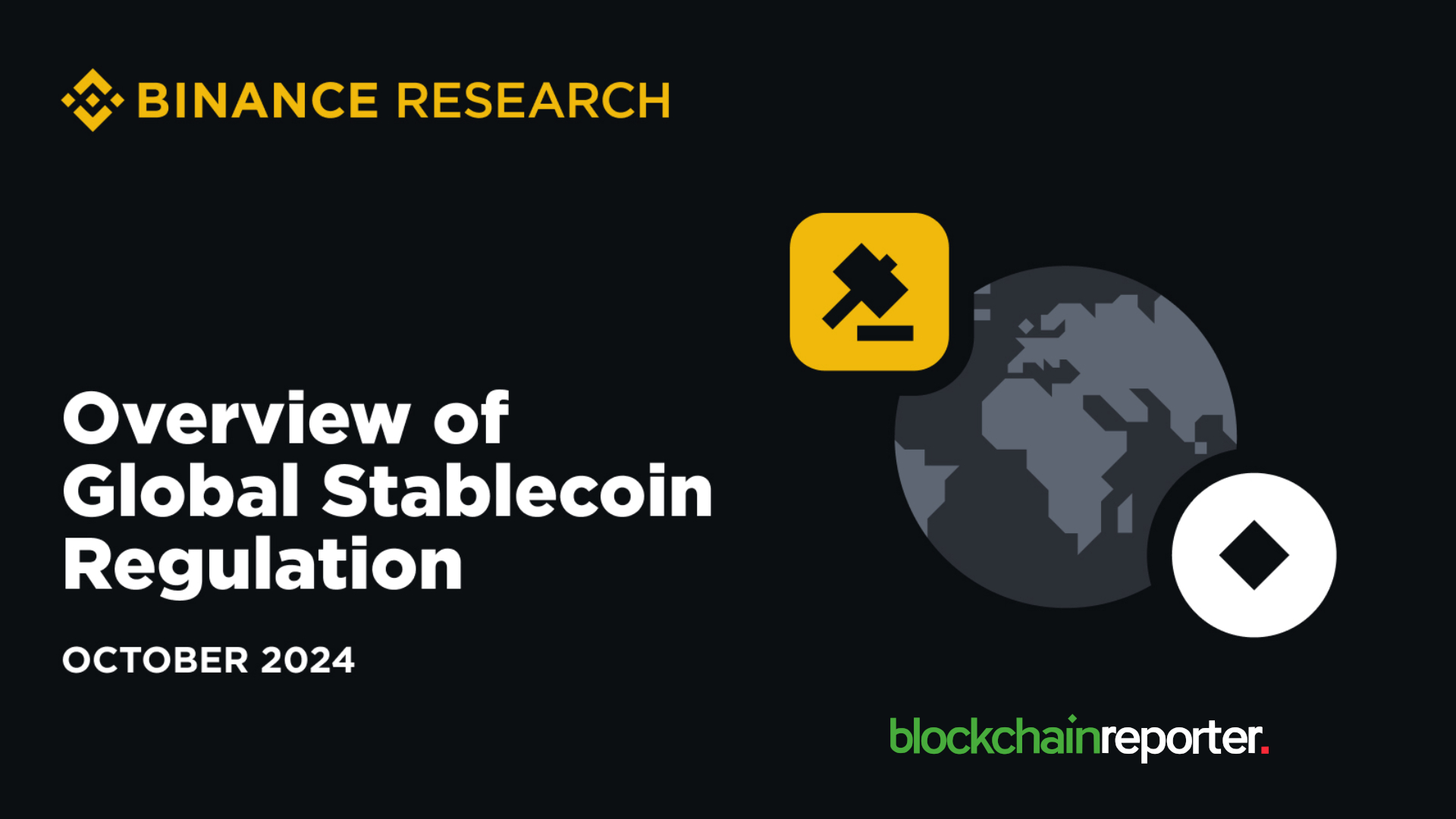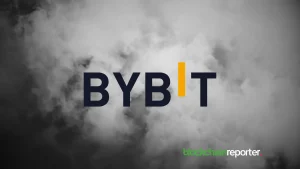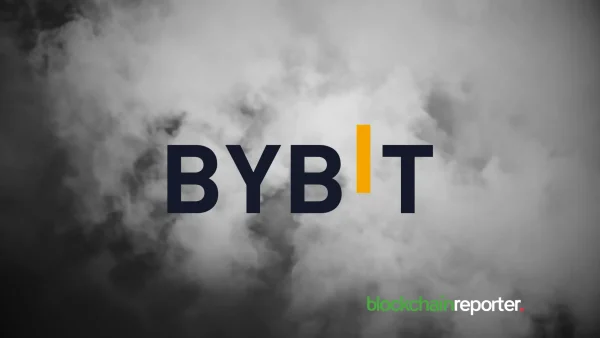
In a significant move for the cryptocurrency industry, Binance has published a new report titled “Overview of Global Stablecoin Regulation,” offering an in-depth analysis of the regulatory landscape for stablecoins across key global jurisdictions. The report comes at a critical time, as regulatory frameworks surrounding stablecoins are rapidly evolving in response to the growing prominence of these digital assets.
The report underscores the importance of understanding how regulatory approaches differ across major regions such as the European Union (EU), the United Kingdom (UK), Singapore, and Dubai. These jurisdictions have taken varying stances on stablecoin oversight, making it essential for issuers and industry stakeholders to stay informed.
Divergent Regulatory Approaches
One of the key takeaways from Binance’s report is the divergent regulatory approaches among regions. For example, the EU has taken a strong stance by enacting the Markets in Crypto-Assets (MiCA) framework, which includes a comprehensive ban on algorithmic stablecoins—those backed by an algorithm rather than traditional assets like cash or bonds. MiCA’s framework provides clear guidance on stablecoin issuance, reserve management, and redemption processes, making it one of the most developed regulatory systems for stablecoins in the world.
In contrast, the United Kingdom, Singapore, and Dubai have adopted more flexible approaches. While these regions continue to refine their regulatory structures, they have not enacted bans similar to the EU’s MiCA framework. However, all regions share a common goal: balancing innovation and financial stability while ensuring adequate consumer protections.
Impact of Major Regulatory Events
The report also delves into how significant events have shaped the current regulatory landscape. The collapse of TerraUSD (UST) in 2022 served as a wake-up call for regulators worldwide, highlighting the risks associated with algorithmic stablecoins. In the aftermath, many jurisdictions have accelerated their regulatory efforts to safeguard consumers and prevent similar collapses in the future.
In the United States, discussions about a potential ban on algorithmic stablecoins have gained traction, particularly in light of TerraUSD’s collapse. The U.S. regulatory environment is still developing, with ongoing debates surrounding the role of stablecoins in the broader financial system. Consumer protection remains a key concern, and U.S. regulators are likely to take a cautious approach when finalizing their framework.
Emergence of Comprehensive Regulatory Frameworks
Binance’s report highlights the EU’s MiCA framework as a potential global benchmark for stablecoin regulation. MiCA provides a comprehensive set of rules for stablecoin issuance, reserve management, and redemption, with the aim of creating a stable and secure environment for both issuers and users. The framework’s clarity is expected to promote wider adoption of stablecoins within the EU, offering both regulatory certainty and a level playing field for market participants.
Other regions are also making progress, though their frameworks are still in development. The UK, for instance, has published guidelines emphasizing the need for stablecoins to be backed by high-quality assets, while Singapore’s regulatory approach focuses on promoting innovation while mitigating financial risks. Dubai, a growing hub for crypto activity, has also begun establishing a regulatory foundation for stablecoins, seeking to position itself as a leader in the digital asset space.
The Role of Non-USD Stablecoins
An interesting trend noted in the report is the anticipated rise of non-USD stablecoins. As regulations continue to clarify, Binance predicts that the adoption of diverse stablecoin types will increase, potentially enhancing financial stability and inclusion. Non-USD stablecoins could play a significant role in regions where reliance on the U.S. dollar is less prevalent or politically challenging.
For example, in countries with volatile local currencies or stringent capital controls, stablecoins pegged to non-USD assets may offer a viable alternative for preserving value and facilitating cross-border transactions. This shift could broaden financial access, especially in emerging markets, and contribute to the development of a more inclusive global financial system.
Future Outlook for Stablecoin Regulation
The future of stablecoin regulation will be pivotal to the growth of the blockchain industry, as stablecoins continue to serve as a bridge between traditional finance and decentralized digital assets. According to Binance’s report, achieving a balanced regulatory approach that fosters innovation while ensuring robust consumer protections is critical.
The report predicts that as stablecoin regulation becomes more standardized, global adoption will likely accelerate, with clear rules enabling issuers to operate across multiple jurisdictions with greater confidence. This evolution will not only enhance the legitimacy of stablecoins but also contribute to the broader adoption of blockchain technology in traditional financial markets.
However, regulatory clarity alone will not be enough. Collaboration between governments, regulatory bodies, and industry leaders will be necessary to create a secure, innovative, and accessible financial ecosystem. Binance’s report calls for ongoing dialogue and cooperation to ensure that regulations keep pace with the rapid advancements in blockchain technology.
The Way Forward
Binance’s “Overview of Global Stablecoin Regulation” report offers valuable insights into the evolving regulatory landscape for stablecoins. As jurisdictions around the world adopt varied approaches, understanding these frameworks is crucial for stablecoin issuers and market participants. The emergence of comprehensive regulations, particularly the EU’s MiCA framework, signals a more structured future for stablecoins, while the anticipated rise of non-USD stablecoins presents new opportunities for global financial inclusion.
As the stablecoin market continues to grow, regulatory clarity will be essential for fostering innovation and protecting consumers. Binance’s report provides a comprehensive look at the current state of global stablecoin regulation, highlighting the importance of collaboration and thoughtful regulation in building a secure and resilient digital financial system.









